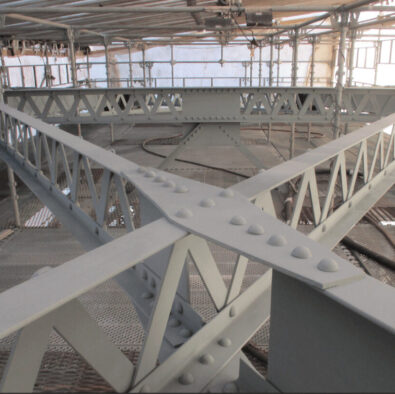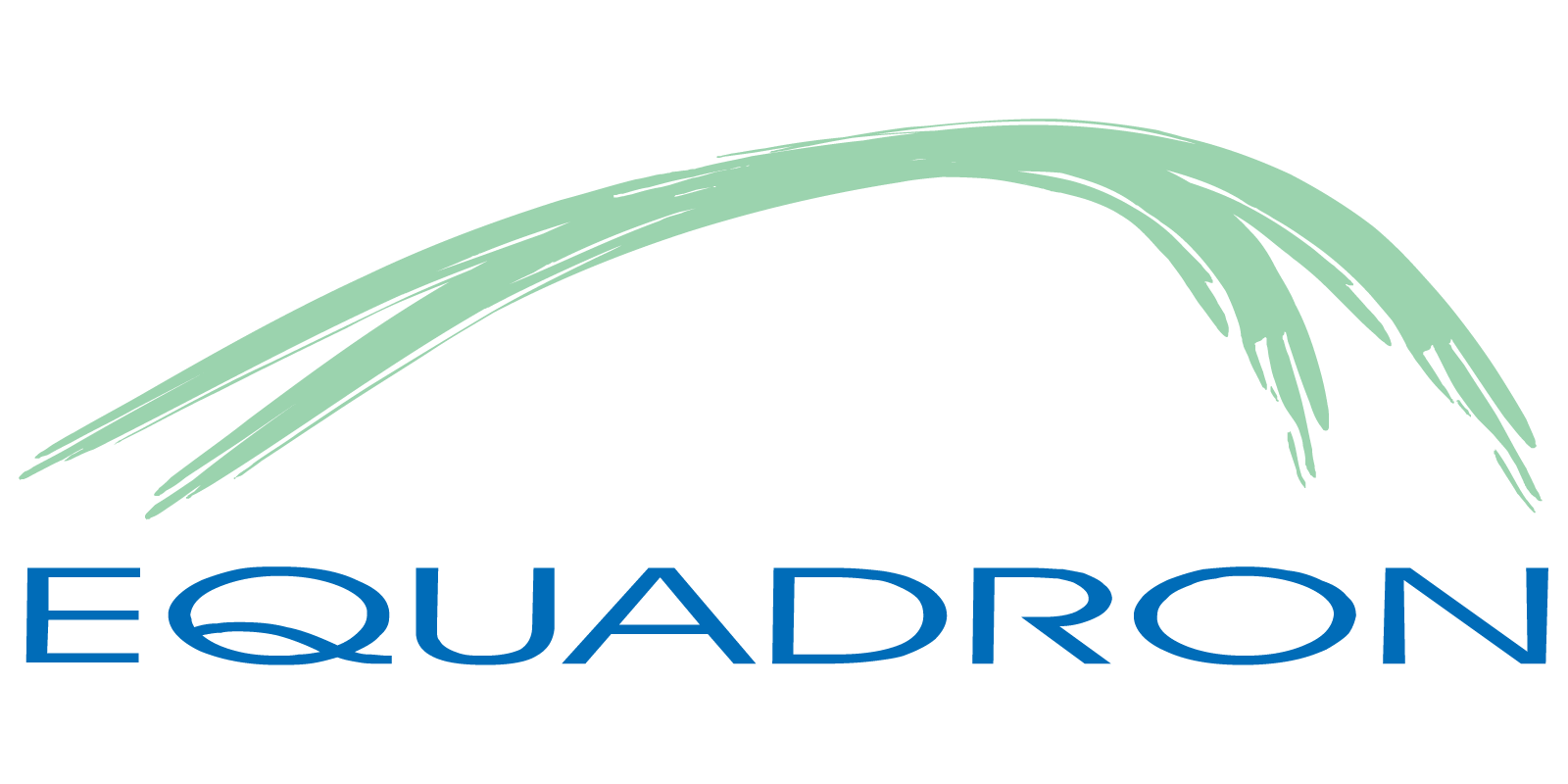Zinc-rich primers are one of the most common primers in the protective coatings industry. These primers contain a high percentage of zinc dust or zinc powder, typically around 85-95% by weight. There are two types of zinc-rich primers: organic and inorganic. Organic zinc-rich primers are based on organic resins such as epoxy, while inorganic zinc-rich primers are based on inorganic binders such as ethyl silicate. These primers are designed to provide excellent corrosion protection for steel substrates.
The zinc-rich primer durability relies heavily on its chemical adhesion to the steel substrate. The zinc dust acts as a sacrificial anode, which means that it will corrode before the steel substrate does. The sacrificial corrosion protection capacity is the main attribute of zinc-rich primers. Zinc-rich primers application over properly cleaned steel substrates (i.e., SSPC SP6 Commercial Blast Cleaning minimum) is essential to maximizing their sacrificial protection.
Zinc-rich primers can be applied using various methods, including spray, brush, or roller, and can be used as a primer or as a stand-alone coating. However, it is important to follow the manufacturer’s instructions for surface preparation, application, and curing times to ensure maximum performance.
Using zinc-rich primers to overcoat other coatings or to protect substrates other than steel is an expensive mistake. There are other service conditions where their stand-alone performance is far from ideal due to zinc oxidation. Always engage corrosion protection experts to mitigate the risks associated with high-performance coatings selection.

